Next class
Next class
Required reading
- Wolfe (2018)
Introduction to
Freedom's laboratory: the Cold War struggle for the soul of science
Image credit
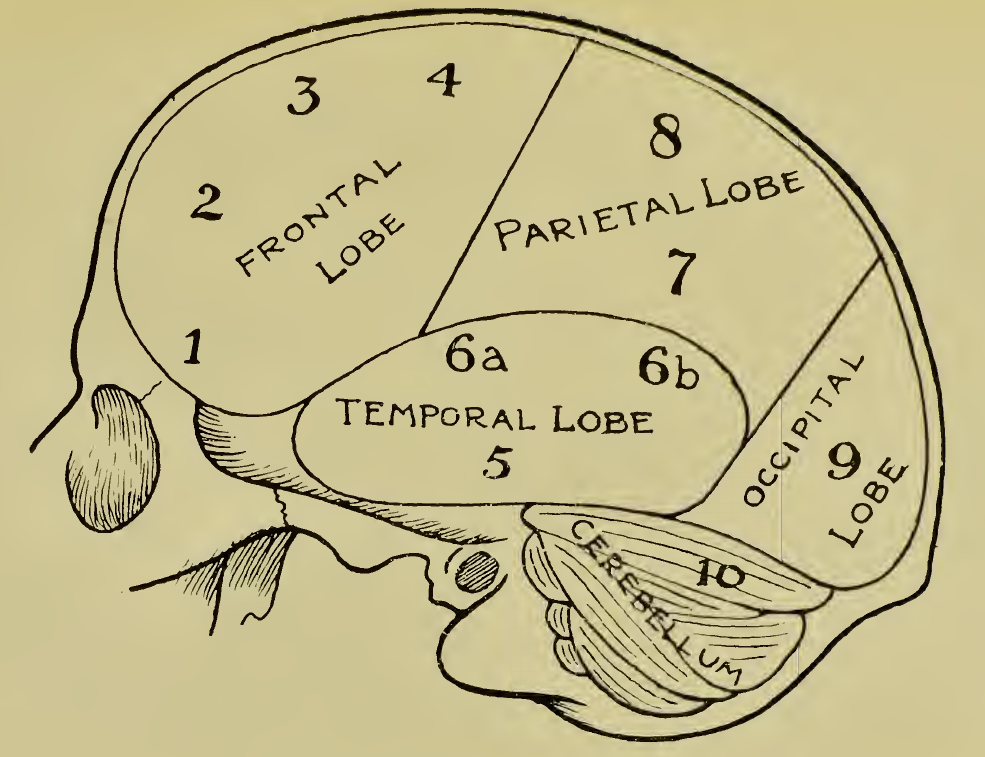
Plate 35 from Hollander (1902), Scientific Phrenology via archive.org
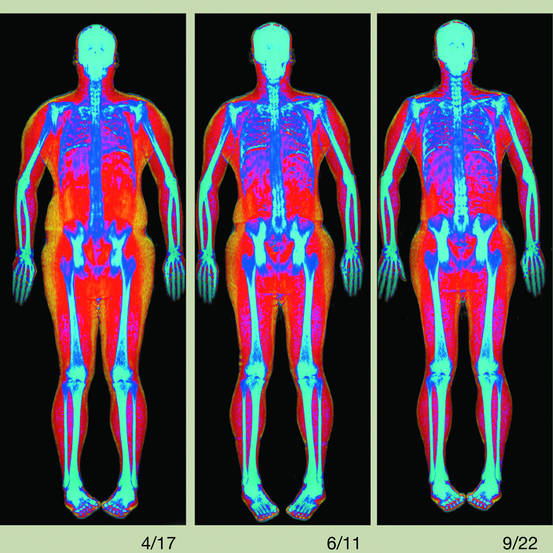
Image by Hologic Inc, via The Wall Street Journal
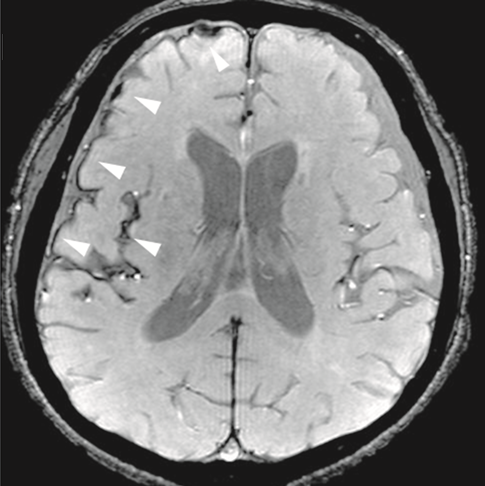
MRI from Hongwei et al. (2015)

Print from Plants of the coast of Coromandel
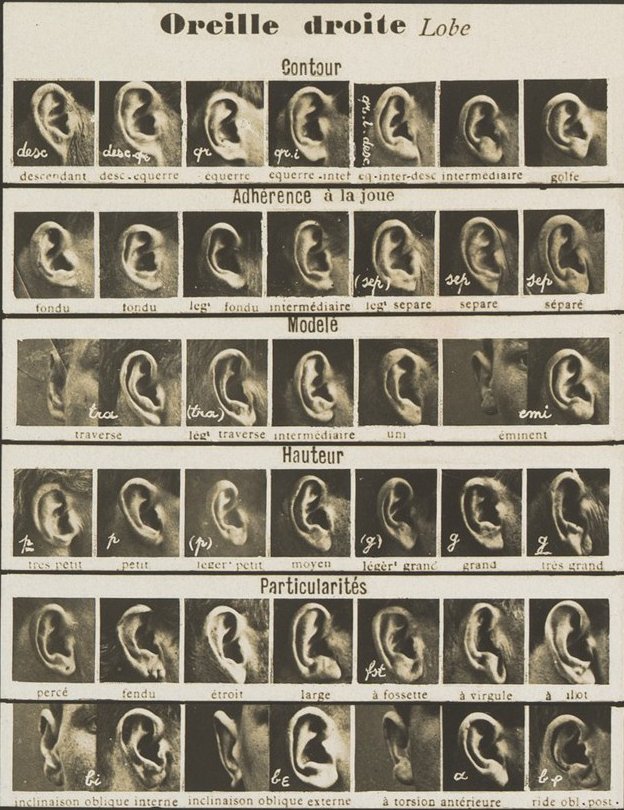
Photos by Alphonse Bertillon, via The Metropolitan Museum
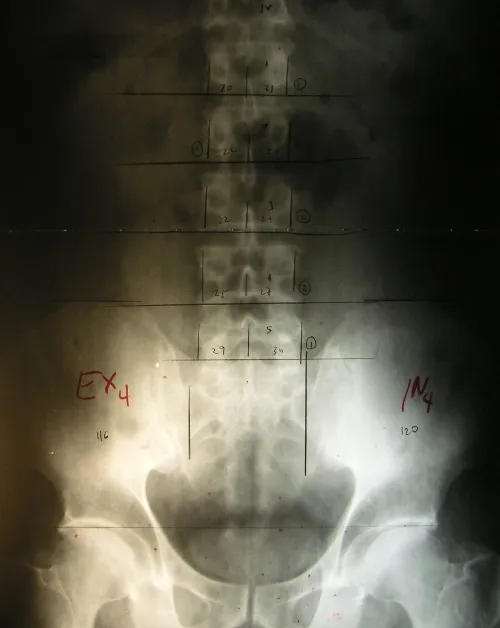
Photo by Michael Dorausch via planetc1.com
Page 1 of 12